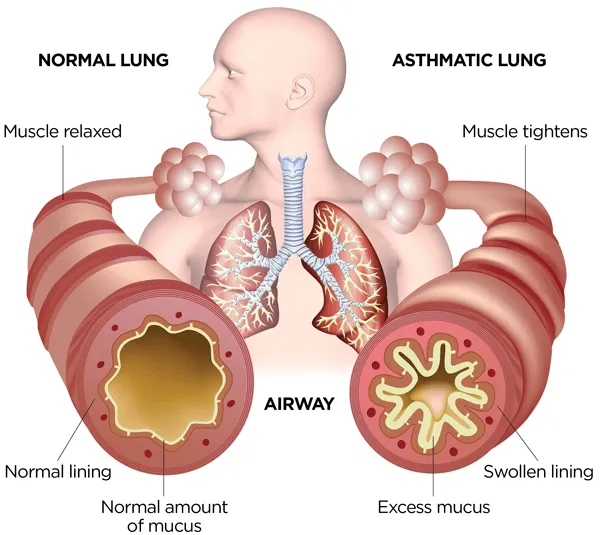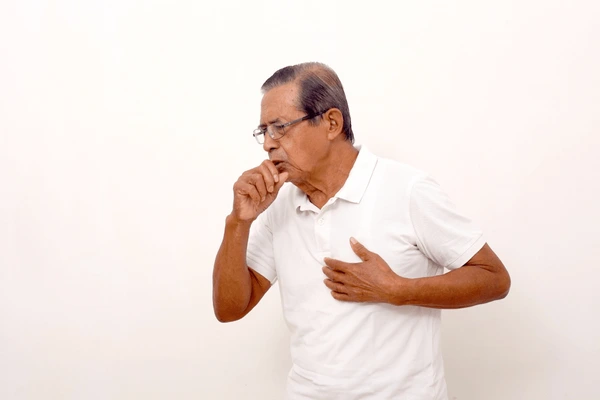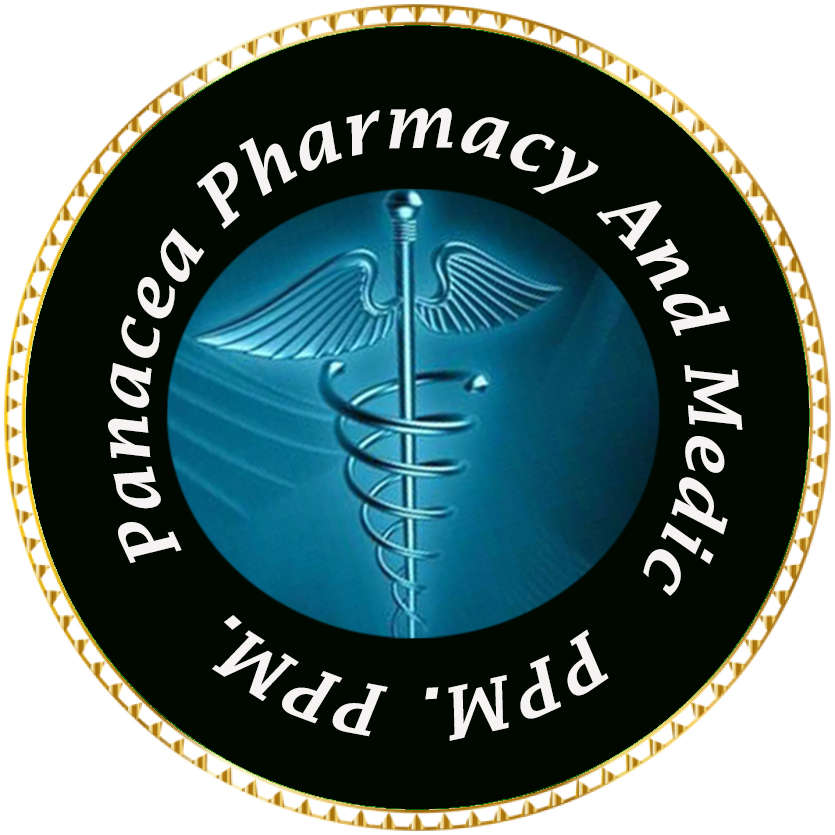Asthma, causes and symptoms
What is asthma ?
Dfinition
Chronic inflammatory disorder of the Airways. it involves Complex interaction between many cell and inflammatory mediators. Inflammation can partially or completely or reversible obstruction of the airway.
Classification
Actually they are Three types : mild, moderate and severe.
patients severity may classify by determining
1, symptoms ( Short acting beta agonist use nocturnal symptoms)
2. Interference with normal daily activities
3, Lungs function ( spirometry to determine FEV1 & FVC )
4, Frequency of exacerbations

Causes of asthma
- Allergens ( eg. Pollen, house dust mite, animal dander, mould, cockroach, food)
- occupational exposure ( eg. chemical irritants, frour , wood, textile dusts.)
- viral respiratory tract infection
- Exercise
- Emotions ( eg, anxiety, Stress, hard laughter, crying)
- Exposure to irritants ( eg.Strong orders, chemicals, fumes )
- Environmental exposure ( weather changes, cold air, Sulphur dioxide, cigarette smoke )
- drugs like NSAID ( Aspirin, Ibuprofen etc ), Antiadrenergic and cholinergic drugs( eg. beta adrenergic blockers, Botanical)

Clinical evaluation of asthma
physical finding
Physical findings depend on the severity of the underlying exacerbation
Mild exacerbation
Symptoms
- Breathless while walking, speaks in sentences, Moderate wheezing
- FEV1 or FVC< 70 % of normal
- Arterial pH :Normal or increase
- PaO2:Normal or decrease
- PaCO2: Normal or decrease
Moderate exacerbation
Symptoms
- Dyspnea while at rest, in phrases, Loud wheezing throughout expiration
- FEV1 / FVC:<40 % of normal (40-70)%
- Peak expiratory flow rate (PEFR)< 50% of normal
- Arterial pH :Increase
- paO2: <70 mm Hg
- paCO2:> 30 mm Hg
Severe exacerbation
Symptoms
- Breathless while at rest,
- Speaks in words loud wheezing,
- Coughing
- difficulty speaking,
- Accessory chest muscle use and chest hyperinflation
- FEV1 / FVC; <25% of normal
- Peak expiratory flow rate (PEFR)< 33% of normal
- Arterial pH ; Normal or decrease
- paO2: < 60 mm Hg
- paCO2; > 42 mm Hg
- Respiratory failure
Symptoms
- Severe respiratory distress,
- Confusion lethargy,
- cyanosis
- disappearance of breath sound and pulsus paradoxus > 12 mm Hg
- FEV1 / FVC; <25% of normal
- Arterial pH ; Extremely decrease
- PaO2: Decrease
- PaCO2: Extremely increases.
Acute exacerbation
common findings are
- Shortness of breath
- Wheezing
- Chest tightness
- Cough
- Tachypnea and tachycardia
- Pulsus paradoxus

Diagnostic test results
A. Pulmonary function test
Determine the degree of airway obstruction recommended spirometry in all asthma patients greater than 5 years old. Breathing test Include spirometry and Speak flow meter testing,
- Forced expiratory volume in 1 second ( FEV1 ) and forced vital capacity (FVC) both decrease during an acute exacerbation.
- Residual volume (RV) and total lung capacity (TLC) may increase .
- Peak expiratory flow rate (PEFR) can be used to monitor or control of asthma
B. Blood analysis
White blood cell count it may be increased due to acute exacerbation
C . Arterial blood gas measurement
1. Early stage PaCO2 decrease
Gradually PaCO2 increase Due to acute exacerbation
D. Electrocardiogram (ECG) may show sinus tachycardia
E. Chest radiograph may be normal or cloud detect accompanying Pneumothorax, atelectasis or pneumonia.
sign of respiratory distress include
- inability to East akin sentence or ambulate owing to dyspnea,
- Declining mental status
- PEFR < 50% of predicted
- Cyanosis
- suprasternal retractions,
- absence of respiratory sound
- increasing paco2
- unable to sleep for extended time because of shortness of breath
Note: patient with potentially fatal asthma should be quickly identify and aggressively managed Need to hospitalization.
Prevention and treatment of asthma
Exercise-induced bronchospasm (EIB )
You can prevent exacerbation Due to exercise By using medication .
1.1, Short acting beta agonist ( eg. Albuterol) Should be administered 15 minutes before exercise.
1.2, long acting beta agonist and formoterol should be administered 30 to 60 mins before exercise.
Concurrent disease
Allergic rhinitis sinusitis and Gastroesophageal Reflux disease (GERD), vocal cord dysfunction and obstructive sleep apnea frequently coexist with asthma. It should be better to management of this concurrent disease by medication with Asthma treatment.
2.1. For Gastroesophageal Reflux disease Medication should be use such as PPI (eg. esomeprazol, Pantoprazol) or H2 receptor antagonist (eg, Famotidin)
2.2. For allergic rhinitis medication should be used such as antihistamine ( eg. rupatidin. cetirizine)
There are more different factors which may affect asthma condition. To prevent asthma we should know well about asthma causes and symptoms.
If anyone want to more information please send to me your question through the given email address.
Email address: mallicktarun@rocketmail.com
For getting treatment base suggestion please contact or request an appointment.
